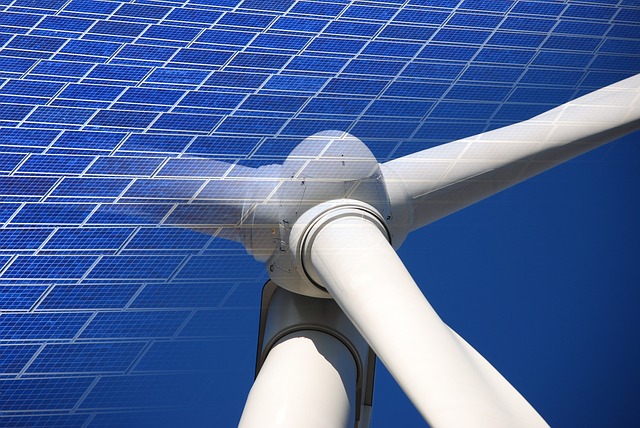Wind and solar power are poised for a significant rise in Vietnam and will hit 19.9 GW by 2030, according to a new report.
The study from analytics firm GlobalData predicts a a compound annual growth rate (CAGR) of 22.4 per cent for currently untapped non-hydropower renewables in the country, which it attributes to a change in government policies.
The report highlights that, with Vietnam’s coal reserves depleting, the government is looking to expand the energy mix away from fossil fuels.
Power industry analyst Anchal Agarwal said: “In Vietnam, market development of renewable sources such as wind and solar is in nascent stage. Hydropower potential is nearly exploited; in contrast, wind, and solar expansion potentials are high and to a great extent untapped.
Against this backdrop, Agarwal said Vietnam has revised power development plan and set priorities for developing renewables such as wind, solar, and biomass.
Projections are to increase the percentage of renewable energy power to 7 per cent by 2020 and 10 per cent by 2030.
As of 2018, hydropower dominated the Vietnam power mix, with a share of 40.2 per cent of the total installed capacity, followed by coal and gas 38.9 and 15.9 shares respectively.
Non-hydro renewables accounted just 2.1 per cent, of which 1.3 was biopower, followed by wind and solar with 0.5 and 0.3 per cent respectively.
GlobalData says hydropower’s share of the total installed capacity will fall to 23 per cent in 2030: however, it is expected to be replenished by an increase in non-hydro renewables, with wind and solar the frontrunners.
But Agarwal warns that there are several challenges currently facing Vietnam’s power sector – the biggest of which is how the country mobilizes the huge investment of around $8bn that is needed to meet power demand.
“Low electricity prices, limited funding, slow pace of major power projects and lack of private sector interest, including that of foreign investors, are some of the other challenges facing by Vietnam’s power sector.”
However, Agarwal adds that “in spite of certain roadblocks, investment is happening in the country’s renewable power sector. Vietnam is trying to reduce its dependence on fossil fuels for electricity generation and more emphasis is given to the development of solar, wind and other renewable resources.”
Vietnam is just one of several countries in the Asia-Pacific that is adopting strategies and roadmaps to bring more renewables into its energy mix.
It highlights how India, Kazakhstan, Indonesia, Pakistan and Taiwan have all implemented auctions to drive their renewable energy markets.
Power analyst Piyali Das said: “Auctions are the major mechanism in APAC driving the renewable energy sources in most of the key countries, with India being the most prominent in implementing auction plans to award 80 GW of solar and 28 GW of wind projects between 2018 and 2020.”
GlobalData also stresses that feed in tariffs (FiTs) play a role in enhancing the renewable energy market in APAC. In countries such as Australia and India, FiTs to renewable projects is a provincial or state subject. Pakistan is providing FiTs in renewable sources such as solar, wind and small hydro from 2015, and Taiwan offers a FiT for renewable systems and is subject to annual revision.
Piyali added: “The regulatory framework and policy structure supporting renewable energy resources in various APAC countries has led to significant development in the renewable energy market. China, India, Japan are some of the leading nations in renewable energy growth trajectories. In the wake of growing energy security and environmental concerns, most APAC countries are expected to strengthen their renewable energy mechanisms, which will help the Asia Pacific renewable energy industry to maintain growth in the coming years.”
………………………………………………………………………………………………………………..
The rise of renewables in Asia will be debated in detail at POWERGEN Asia and Asian Utility Week, which take place alongside SolarVision in Malaysia later this year. Click here for details of the events. sudrrswyrreyrdyz





